On April 8, Japanese Prime Minister Kishida Fumio began a state visit to the United States, with many purposes and goals, both in bilateral and multilateral relations, both regional and global.
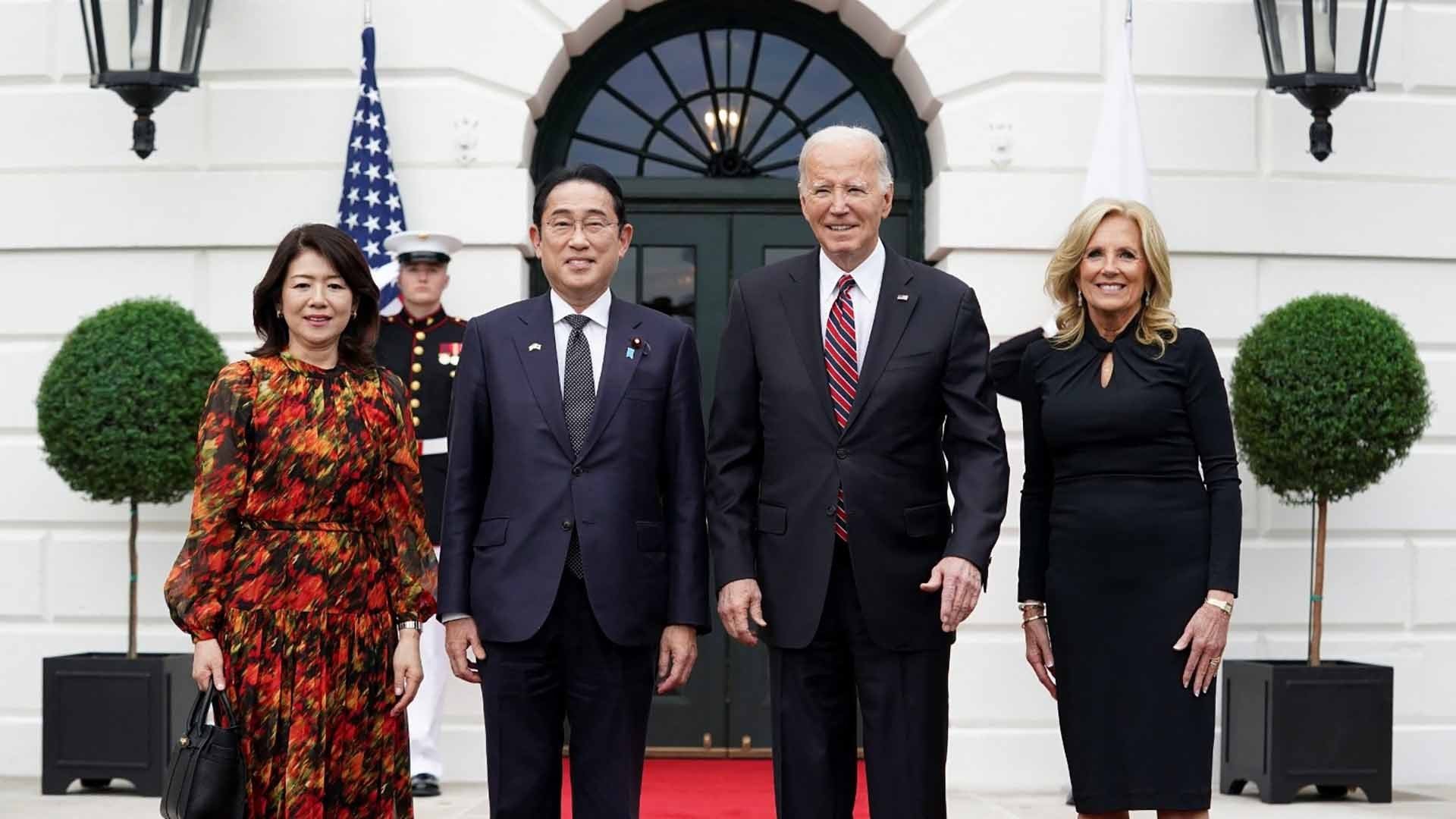 |
| US President Joe Biden and his wife welcome Prime Minister Kishida Fumio and his wife at the White House on April 9. (Source: Bloomberg) |
Prime Minister Kishida Fumio's schedule is full of major events: talks with President Joe Biden, speech before the US Congress, attending the first trilateral summit between the US-Japan-Philippines, visiting the state of North Carolina - where many businesses from the land of the rising sun are concentrated...
The visit is an important “multi-tasking” visit, covering defense, security, politics, economics, science and technology... Defense and security are a focus. The US currently has about 54,000 troops and 23 military bases in Japan (the most outside the country), but the coordination mechanism must go through the US Indo-Pacific Command in Hawaii.
The two sides will discuss and agree on restructuring and expanding the functions of the Military Command in Japan, creating a premise towards a “Joint Operations Command” and being able to integrate a common force, enhance deterrence, and promptly respond to complex and unexpected situations. The US and Japan will cooperate in manufacturing and exporting military equipment; share intelligence information, etc. This is the biggest upgrade of the US-Japan defense and security alliance in decades.
Tokyo and Washington discussed and agreed on important issues in economic, trade and technological cooperation, such as investment, semiconductor manufacturing, chip supply chain, artificial intelligence (AI), space, etc. These are key areas of the US and Japan, but it is possible that China and some other countries will surpass them. The two countries have the potential and need to expand and enhance cooperation, but they also need to remove barriers such as the Nippon Steel acquisition of US Steel or Tokyo's large investment but low profits.
The first US-Japan-Philippines summit discussed multifaceted cooperation and regional issues of concern. Based on bilateral economic, historical, defense and security relations, the summit will promote trilateral alliances and partnerships; share a common vision for the Indo-Pacific region; discuss joint naval patrols, joint exercises, intelligence sharing, and support for capacity building to ensure maritime security... Bilateral security treaties (US-Japan, US-Philippines) are considered the basis for moving towards a "trilateral" alliance, but may not be clearly defined like the Quad or the "submarine alliance" (AUKUS).
Important Message
First , Japan has drastically changed its defense and security policies, raising its national status. Prime Minister Kishida said that the conflicts in Ukraine, the Middle East and potential risks in many other places show that geopolitical tensions are increasing, the security environment around Japan is becoming increasingly dangerous and complicated, forcing Tokyo to change its defense policies and strategies.
From 2021, Prime Minister Kishida plans to increase the defense budget to 2% of GDP by 2027; actively participate in defense and security activities and cooperation with allies and partners; expand defense equipment exports, improve combat capabilities, deterrence and response to challenges.
Along with that, the Japanese leader promoted relations, economic cooperation, trade, investment, science and technology, education, training... with allies and partners, especially the US, to enhance position and influence in the region and the world; thereby scoring points with domestic voters in the context of the cabinet's approval rating being negatively affected by the decline in GDP growth rate, rising prices and the fundraising scandal of the ruling Liberal Democratic Party (LDP)...
Second, affirming the role, strength, sustainability, longevity and raising the level of the Japan-US alliance globally. Japan positions the US as a long-standing ally, a comprehensive strategic partner, and a leading partner in the region and globally. For the US, Japan plays a central role in the free and open Indo-Pacific strategy; both a rear base ensuring logistics and technology, and a battlefield ready to deploy deterrent forces and deal with regional opponents. The two countries need each other very much, have many common interests, have potential for cooperation in defense and security, and complement each other in economics, science, technology, etc.
This is the first state visit and also the first speech in the US Congress by the Japanese Prime Minister in nine years since Prime Minister Abe Shinzo's visit in April 2015. Through this visit, Washington and Tokyo want to demonstrate that the bilateral relationship is developing broadly, deeply, modernly, sustainably and "stronger than ever".
Taking place more than six months before the US election, the two leaders affirmed that Washington and Tokyo have a very important role in maintaining a free and open world order based on the rule of law; and are confident in promoting a leading role in addressing global challenges. The alliance is proving to be “rock solid”, regardless of the outcome of the upcoming US election.
Source


![[Photo] Unique folk games at Chuong Village Festival](https://vstatic.vietnam.vn/vietnam/resource/IMAGE/2025/4/10/cff805a06fdd443b9474c017f98075a4)
![[Photo] Phuc Tho mulberry season – Sweet fruit from green agriculture](https://vstatic.vietnam.vn/vietnam/resource/IMAGE/2025/4/10/1710a51d63c84a5a92de1b9b4caaf3e5)



![[Photo] Prime Minister Pham Minh Chinh chairs meeting to discuss tax solutions for Vietnam's import and export goods](https://vstatic.vietnam.vn/vietnam/resource/IMAGE/2025/4/10/19b9ed81ca2940b79fb8a0b9ccef539a)
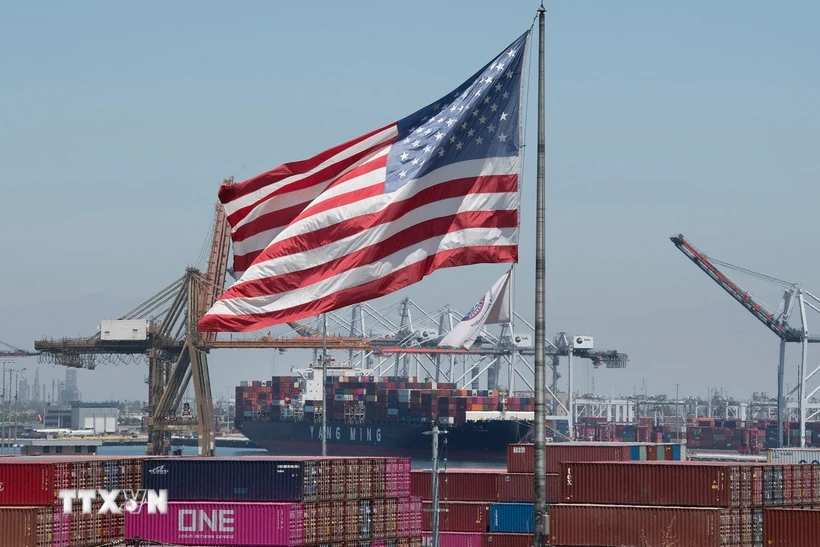

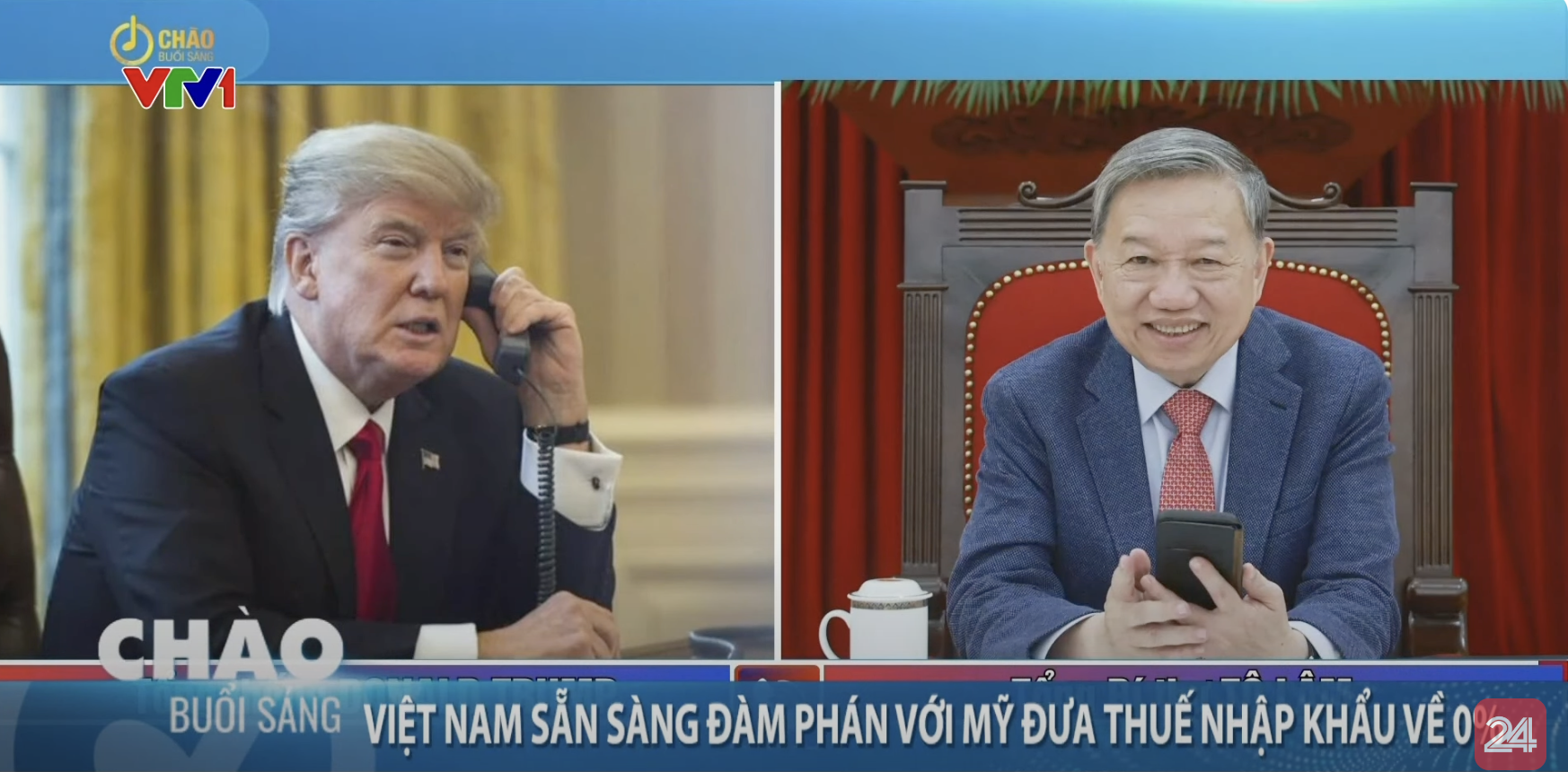

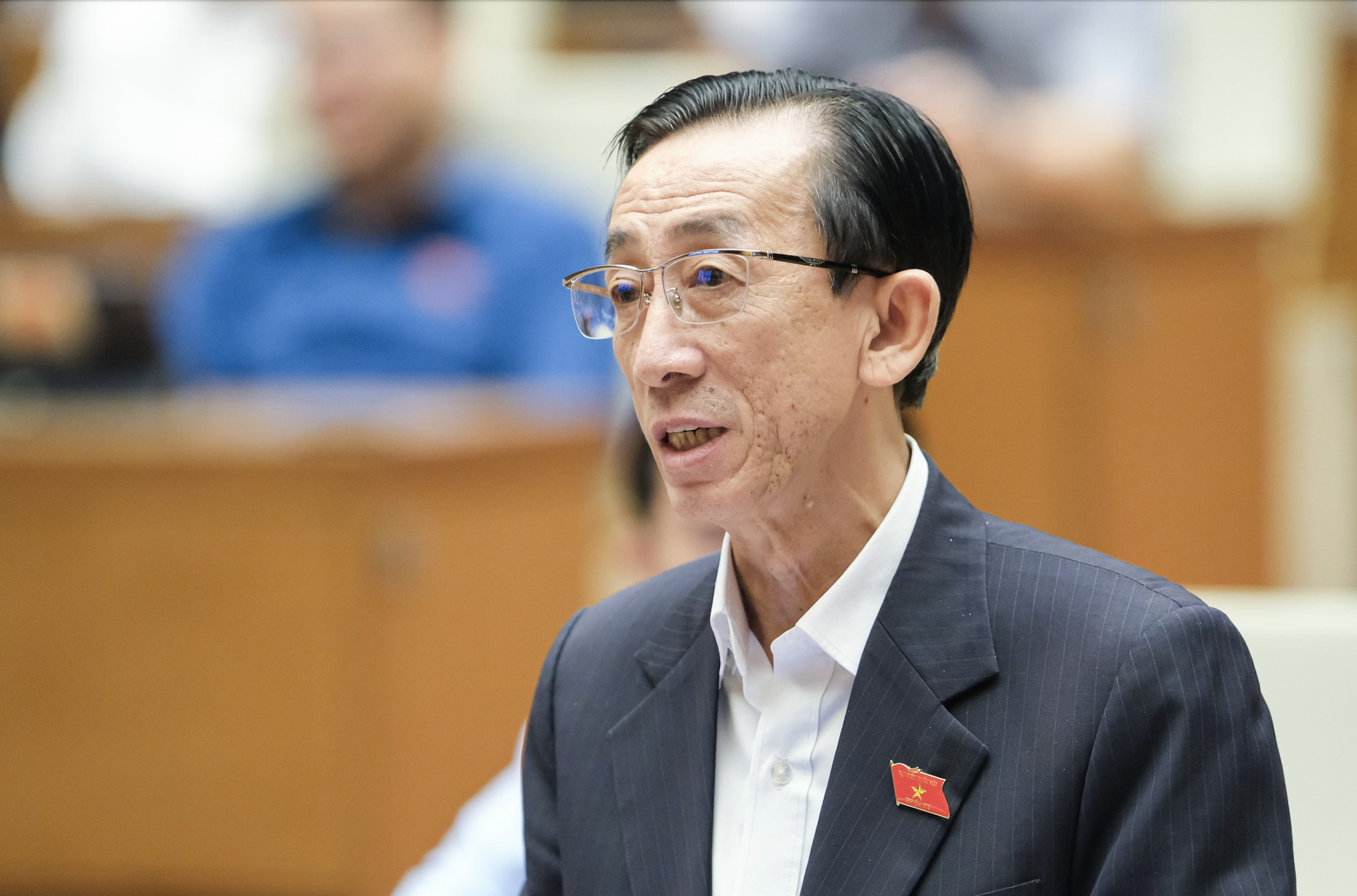

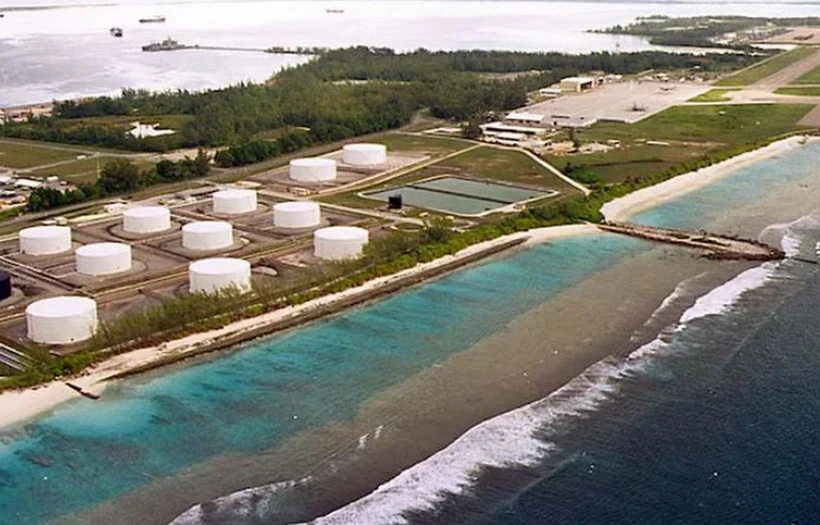
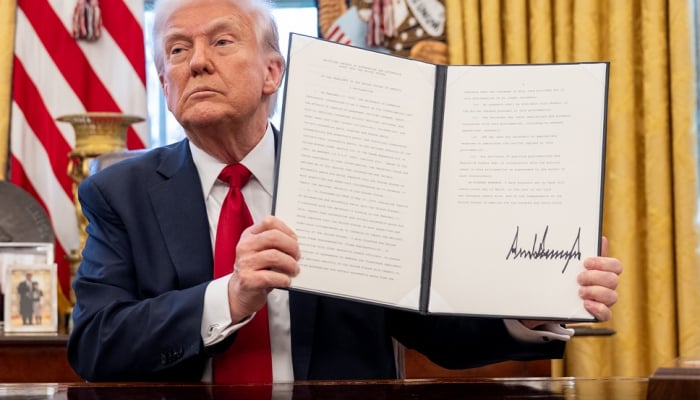

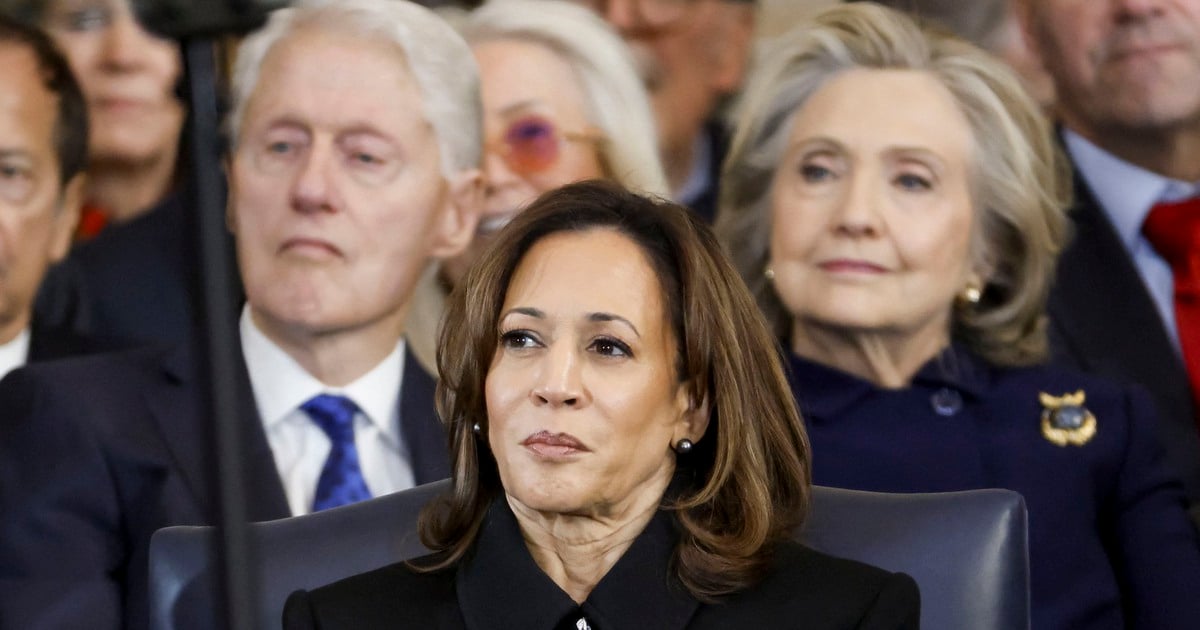

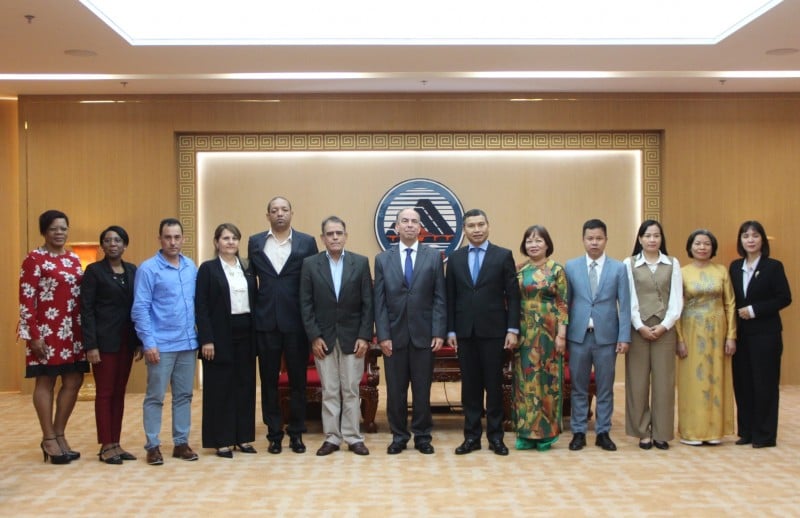
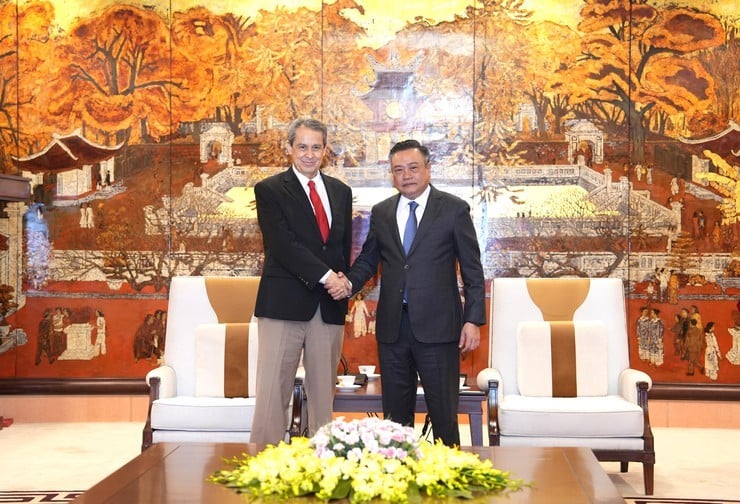
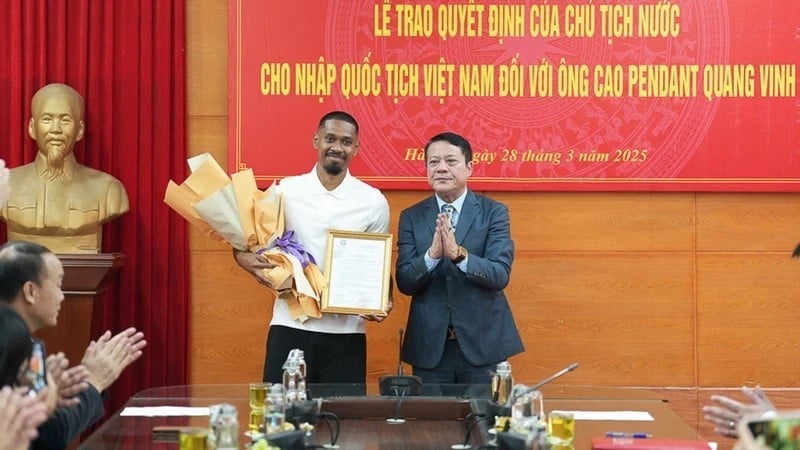
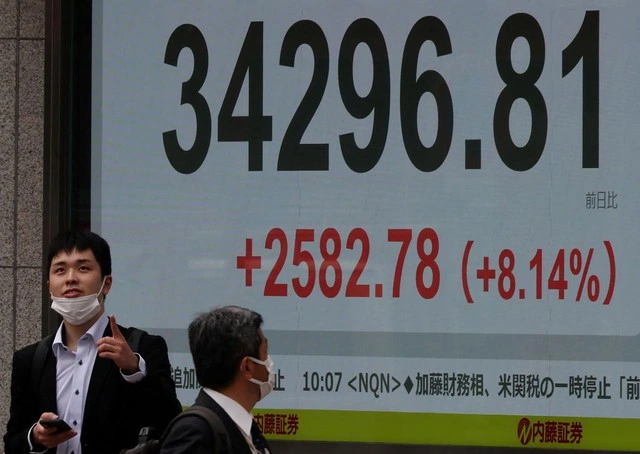
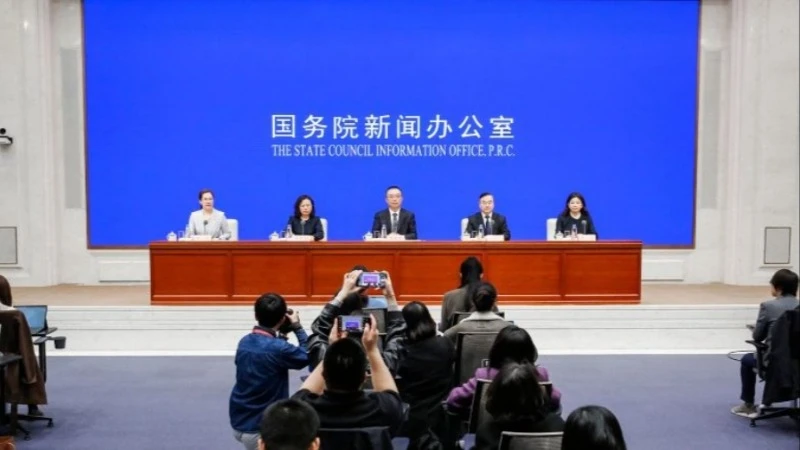
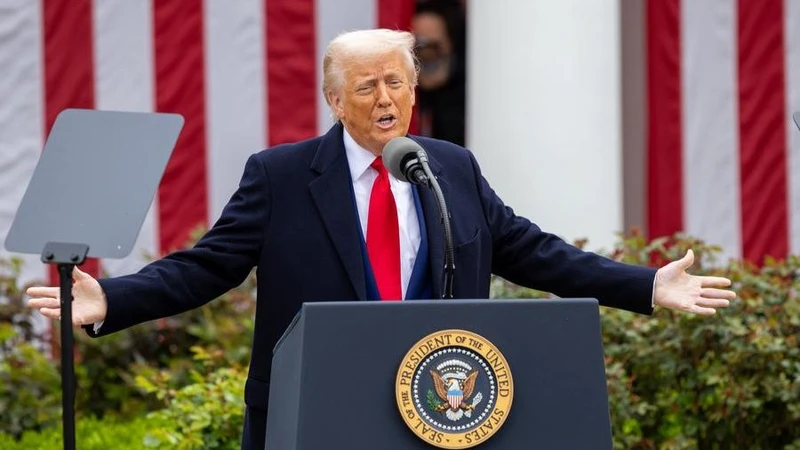





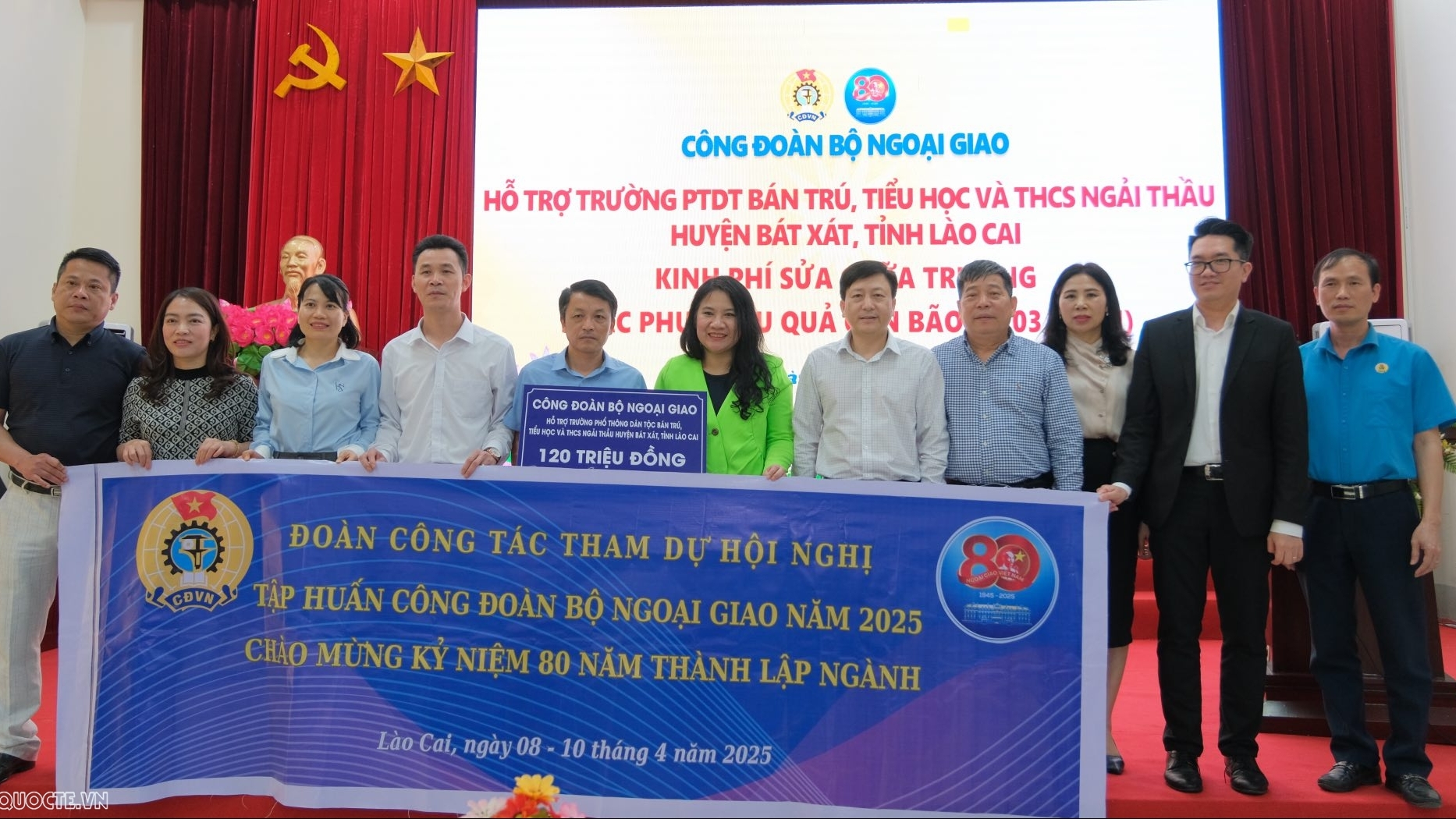
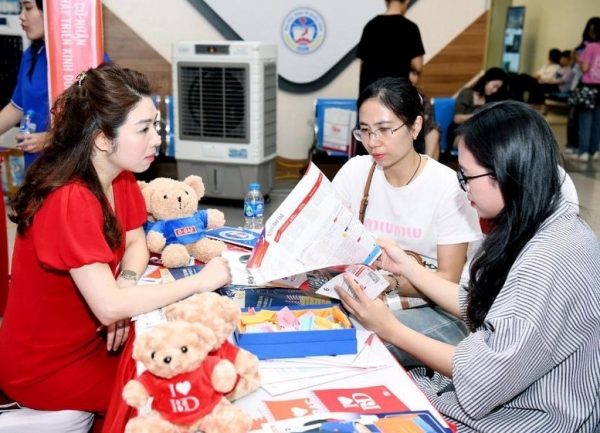
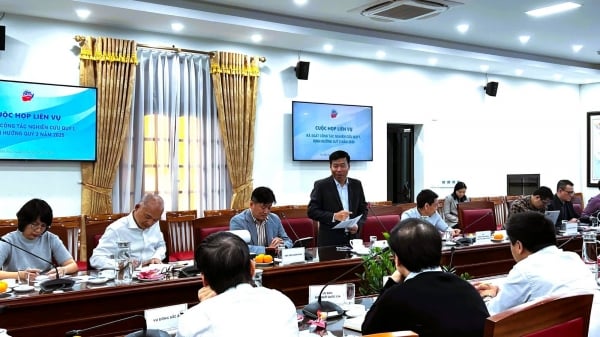
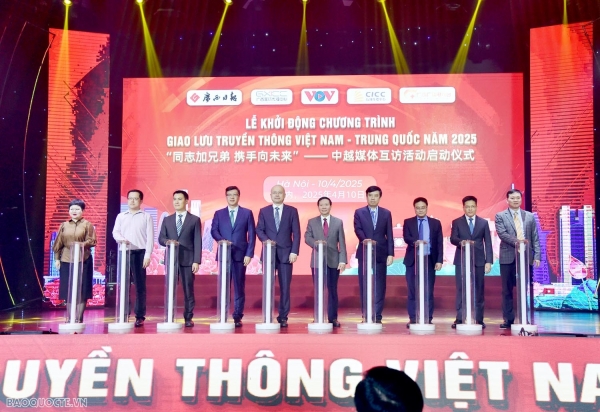














































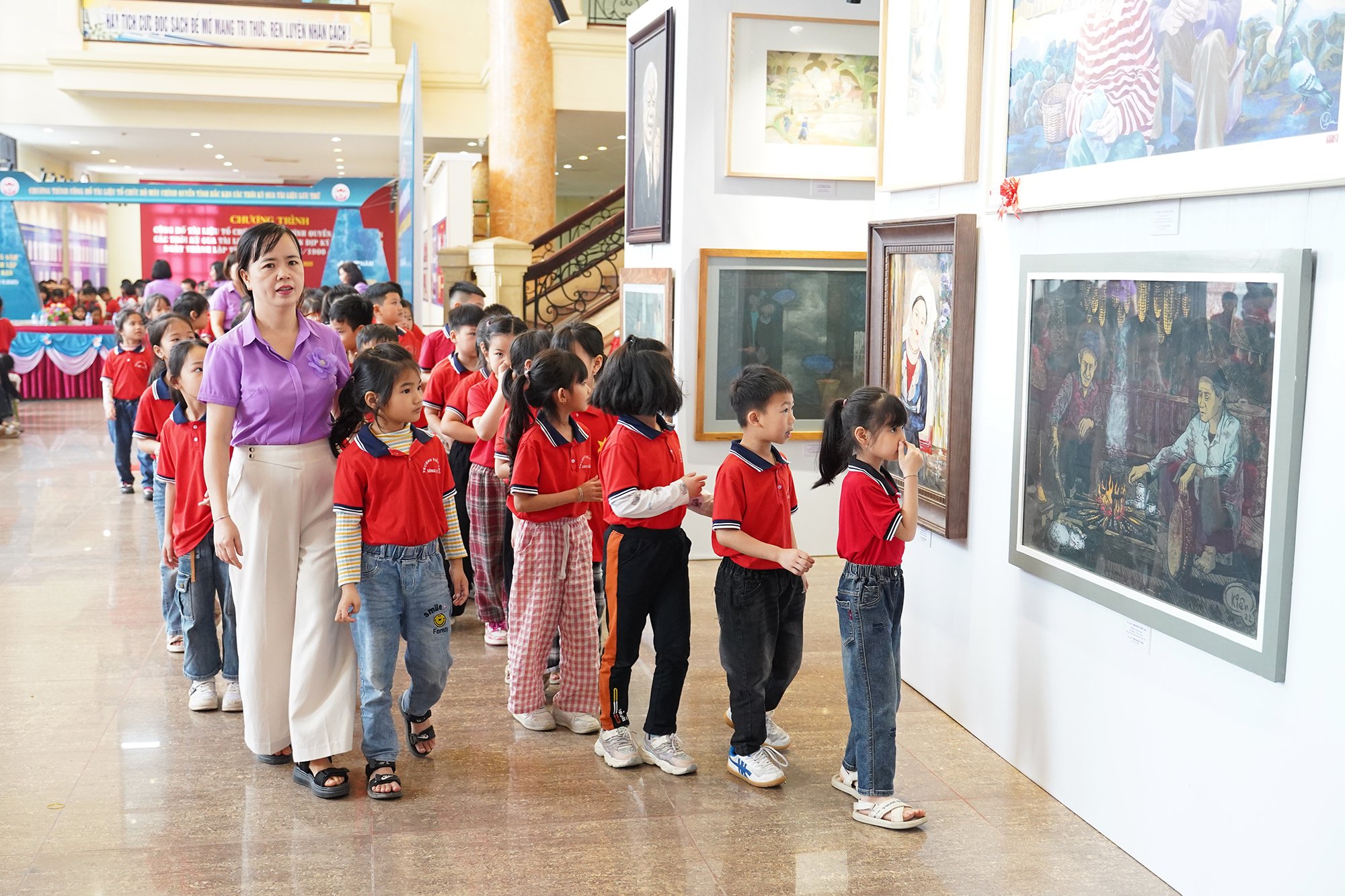


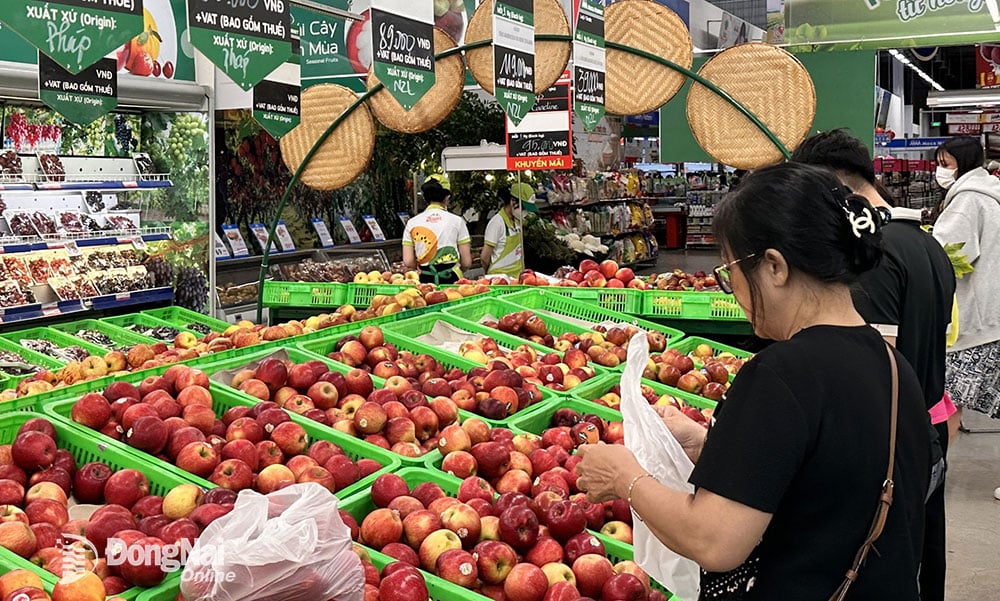
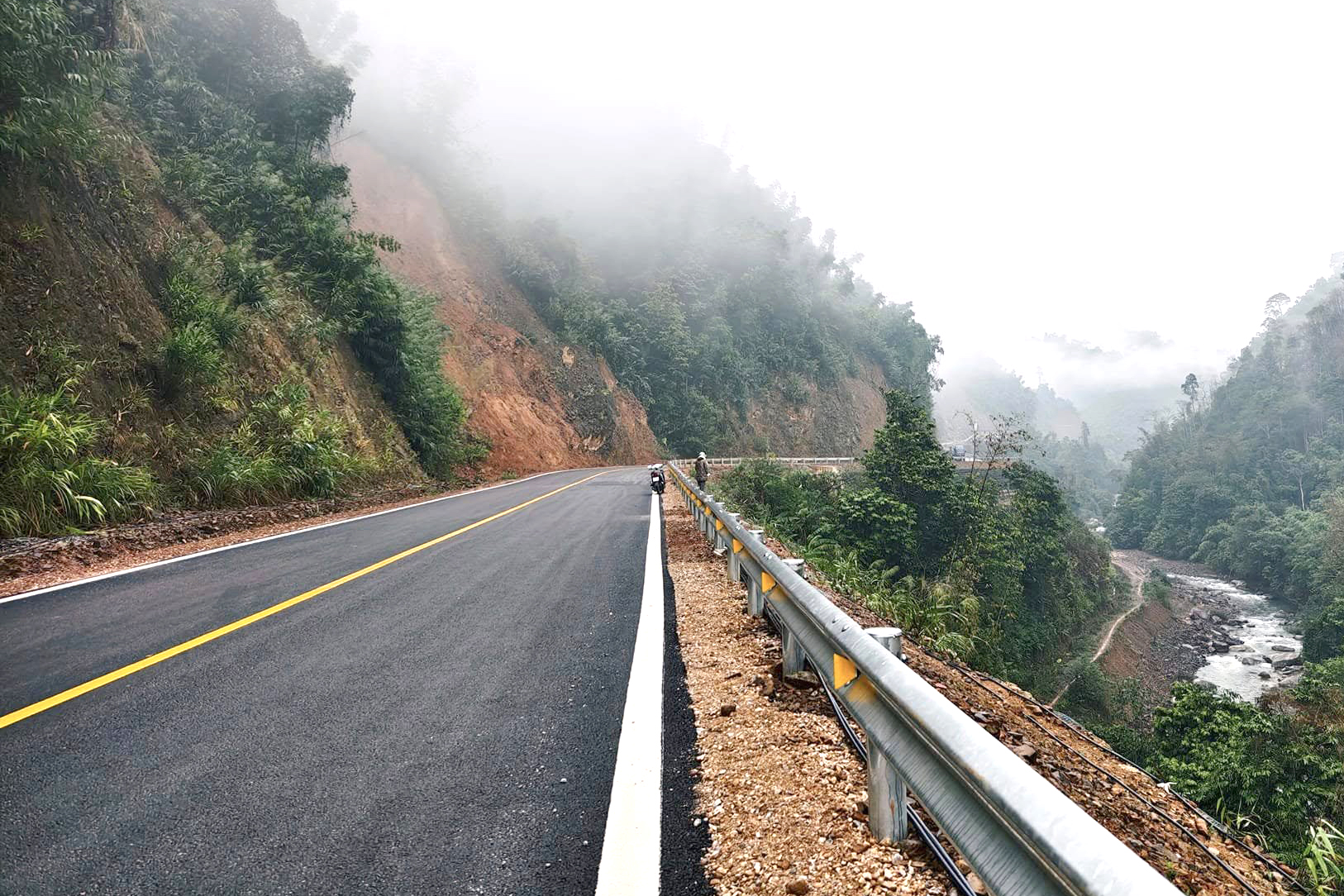
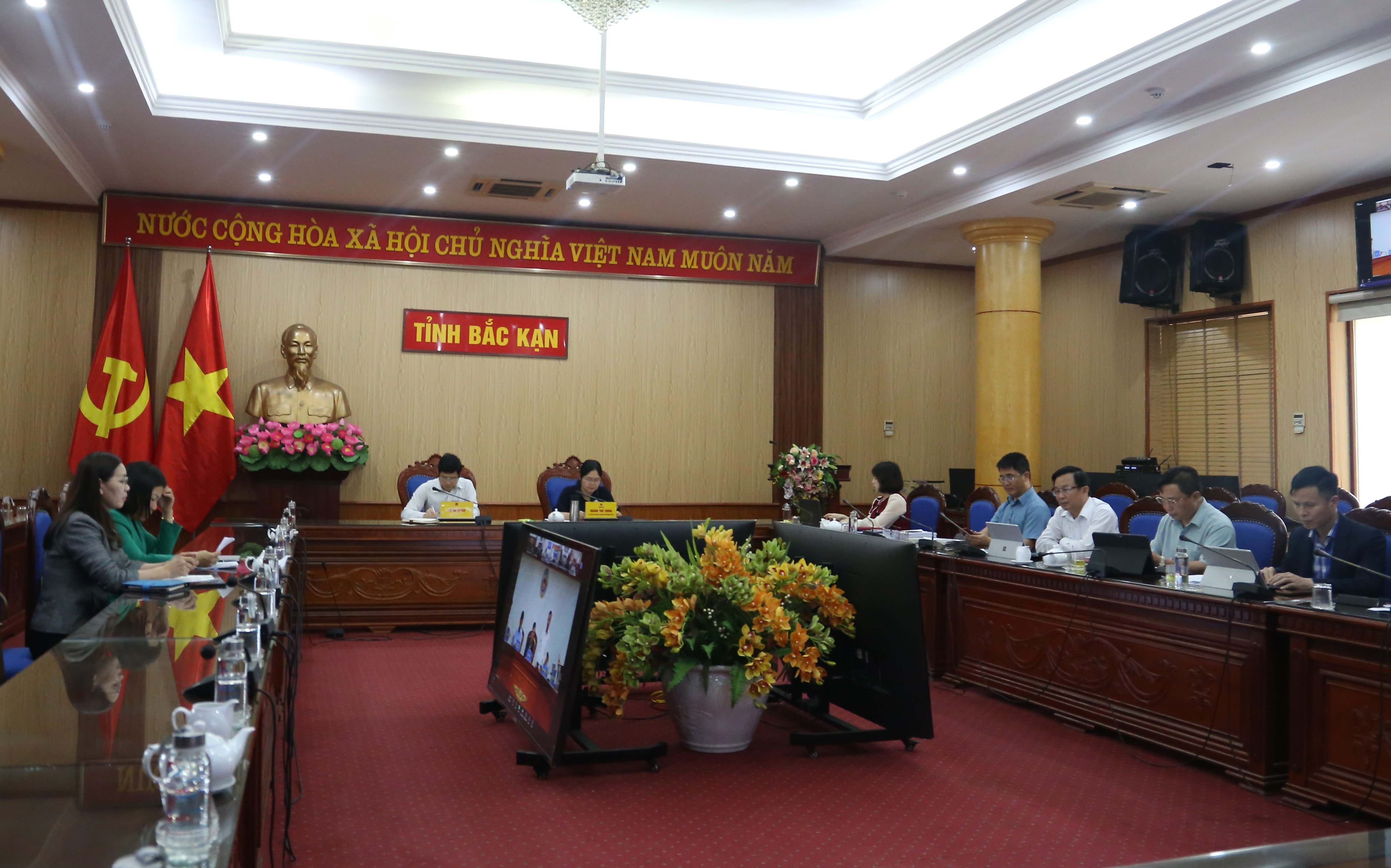
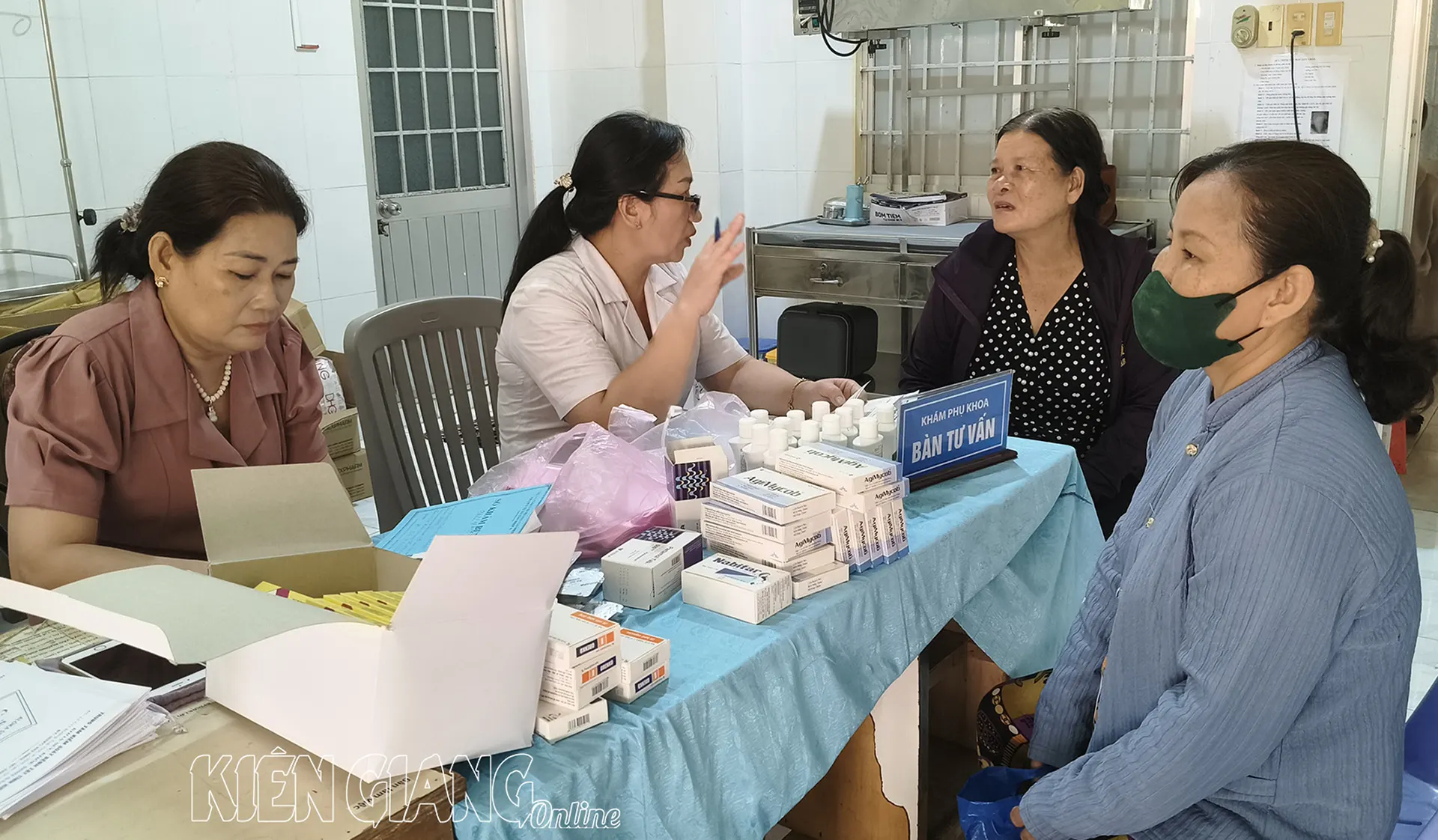








Comment (0)